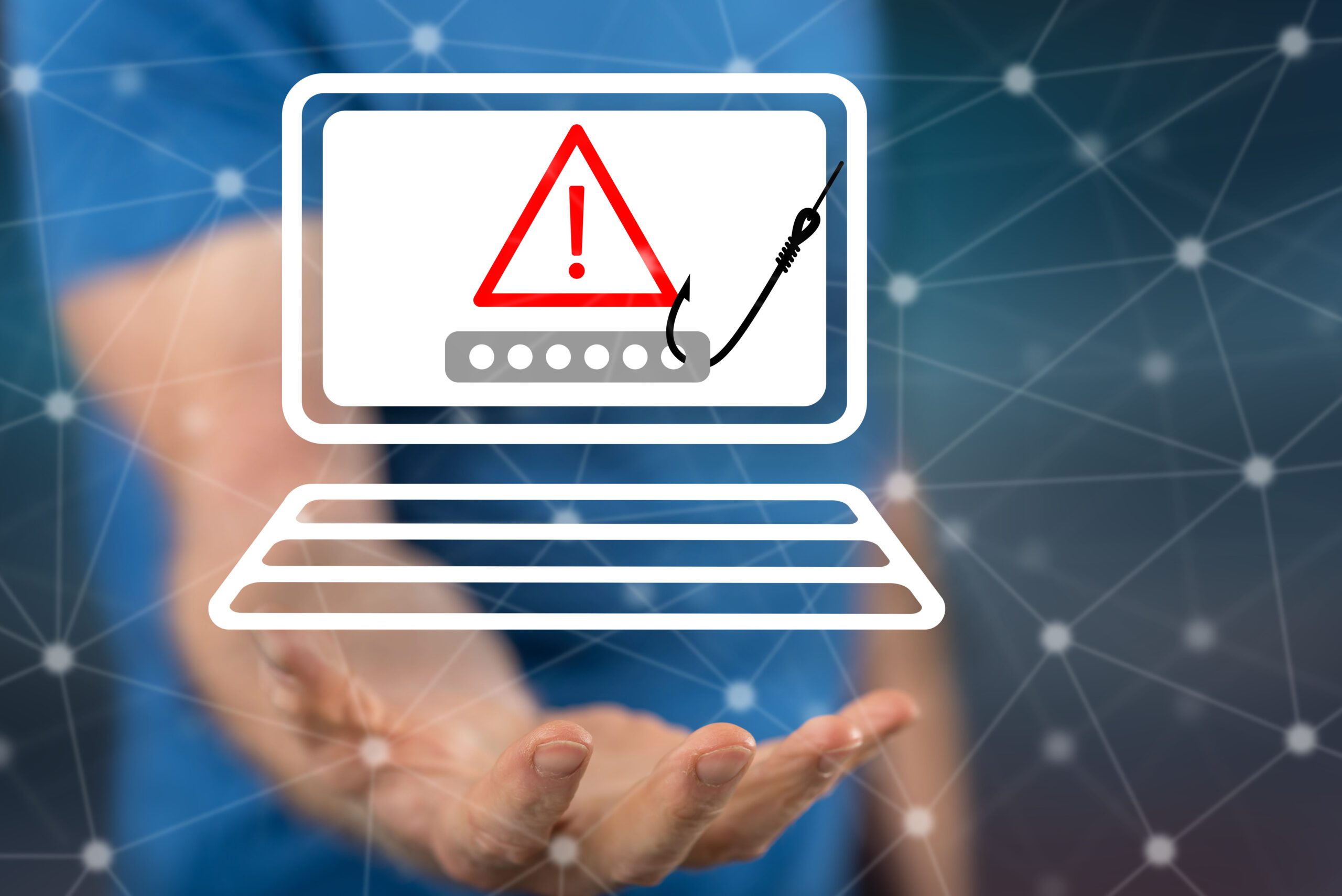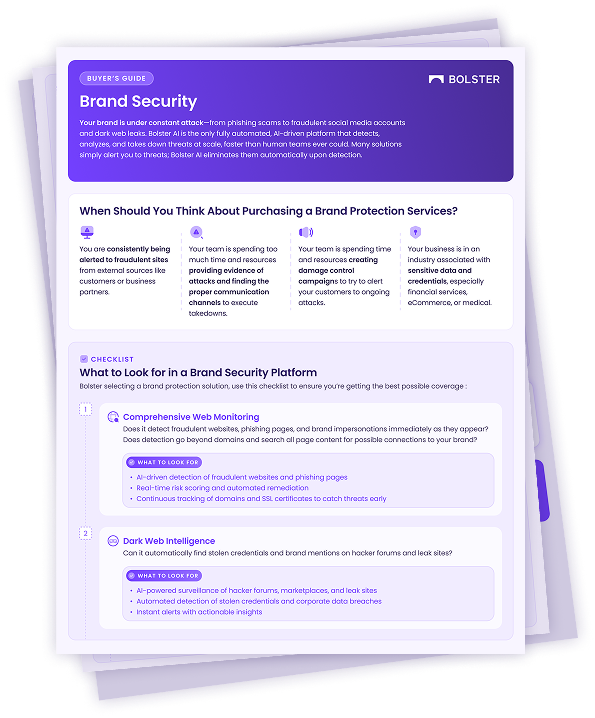Man-in-the-Middle (MitM) phishing is a sophisticated active attack technique where an attacker intercepts the communication between a user and a legitimate service to steal sensitive information.
Unlike traditional phishing, where the victim is tricked into entering their credentials on a fake login page, MitM phishing involves an intermediary that captures the data exchanged between the victim and the real service. This allows attackers to bypass advanced security measures, including two-factor authentication (2FA).
How MitM Works
MitM phishing differs from traditional phishing in that it doesn’t just trick users into entering their credentials on a fake site, but it actively relays communication between the victim and the real site, often in real time. The attacker becomes the “man in the middle,” seeing and capturing everything the user transmits.

MitM vs. Traditional Phishing
To understand the significance of MitM phishing, it’s essential to compare it with traditional phishing methods:
| Traditional Phishing | Man-in-the-Middle (MitM) Phishing | |
|---|---|---|
| Mechanism | Fake website mimics a real one | Proxy intercepts traffic between user and real website |
| Data Captured | Usernames and passwords | Credentials plus session cookies and tokens |
| 2FA Bypass? | No | Yes—via session hijacking |
| Sophistication | Moderate | High |
Traditional Phishing
Mechanism: In traditional phishing, attackers create a fake website that mimics a legitimate service (e.g., a bank or email provider). They trick victims into entering their credentials on this fake site.
Limitations: Traditional phishing is limited by the ability to capture only what the user directly inputs. If the target has 2FA enabled, the attacker still needs the second authentication factor to gain full access.
MitM Phishing
Mechanism: MitM phishing uses an intermediary server to intercept and relay communication between the victim and the legitimate service. The attacker captures not only the user’s credentials but also authentication tokens and session cookies.
Advantages: By capturing session tokens and cookies, attackers can bypass 2FA and gain persistent access to the victim’s account without needing the second factor.
Why MitM is Dangerous
Even for users who follow best practices (using strong passwords, enabling two-factor authentication, and avoiding obvious phishing emails), Man-in-the-Middle phishing presents a serious threat. That’s because it doesn’t rely on outdated tricks or easily spotted fakes. Instead, it hijacks the connection in real time, allowing attackers to silently collect sensitive data and slip past even advanced security measures.
Bypasses Two-Factor Authentication (2FA): Session tokens can grant full access, even when 2FA is enabled.
Real-Time Execution: Because MitM phishing works in real time, victims may not realize they’re being targeted.
Stealthy: Attackers don’t need to store stolen credentials on their servers—everything is passed through and captured via proxy.
Real-World Example
A popular tool for conducting MitM phishing is Evilginx. It sets up a proxy to the real login page and captures everything, including 2FA tokens. Read our blog: A Deep Dive into Evilginx to learn how this tool works and how to defend against it.
How to Stay Protected
While Man-in-the-Middle phishing and tools like Evilginx are advanced, that doesn’t mean you’re helpless. By combining smart browsing habits with stronger authentication methods and regular account monitoring, you can significantly reduce your risk. The key is to stay proactive—because once attackers are in the middle, prevention becomes much harder than protection.
- Use strong, unique passwords and a password manager
- Avoid clicking suspicious links or logging in via unknown sites
- Enable robust MFA (preferably app- or hardware-based)
- Regularly monitor account activity
- Keep systems and software up to date
Vigilance, education, and proactive security procedures are critical for protecting your digital presence. In today’s digital landscape, staying up to date on emerging risks and always upgrading your security posture are critical.




